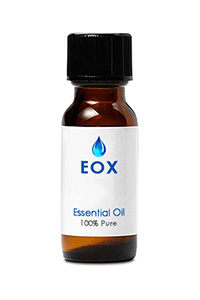New ArrivalsGift Ideas Specials Contact Us

WINTER 5% OFF SALE!
SITEWIDE05
Simply enter the above coupon code and save 5% on your ENTIRE ORDER!
Use PayPal, cash, or checks! NO LIMIT!

Now In: CATEGORIES → Essential Oils → 15ml Bottles → Essential Oil - Spikenard
Botanical name: Nardostachys jatamansi Color: Pale amber to dark green Consistency: Medium Perfumery note: Base Related planets/deities: Earth/Gaea Aroma: Sweet, woody, spicy and musky Energetic Properties: Calming, purifying Aromatherapy properties: A pale yellow or amber-colored liquid with a heavy, sweet-woody, spicy-animal odor, somewhat similar to valerian oil. It blends well with labdanum, lavender, oakmoss, patchouli, pine needle, vetiver and spice oils. Spiritual uses: Spikenard is sometimes called Indian valerian, and like valerian, spikenard can calm the mind and encourage deep sleep. To encourage meaningful dreams, anoint the crown of the head and soles of the feet with spikenard oil before sleep. Spikenard oil may be helpful in confronting and releasing subconscious traumas, especially when it is blended with helichrysum oil. Spikenard is also considered a very comforting oil that may be used during times of grief after losing a loved one. Blends well with: Cedarwood, Clary Sage, Labdanum, Lavender, Neroli, Lemon, Oakmoss, Patchouli, Pine, and Vetiver. History: Spikenard is indigenous to China, India, and Nepal, where it is used as a perfume, incense, and medicine to treat hysteria and convulsions. An early aromatic used by the Egyptians, spikenard was also prized in Rome, where women used it to perfume themselves. Spikenard oil appears in the Bible in Song of Songs, and in the Book of John 12:1-10 as the oil Mary of Bethany uses to anoint Jesus’ feet before the Last Supper. The sacred ketoret incense used in Hebrew ceremonies also contained spikenard. |
|
|||||||
|
|||||||





